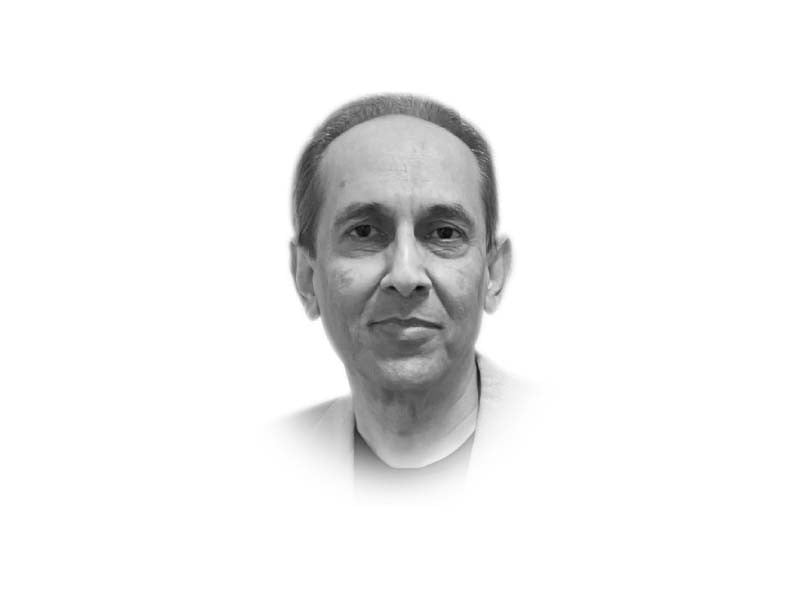
Albert Einstein is arguably the greatest scientist of all time. But what makes a scientist great? In the case of Einstein, he was simply stubborn. “All I have is the stubbornness of a mule. No, it is not quite all. I also have a nose.” (Albert Einstein)
We don’t have to be a scientist to appreciate his brilliance. To keep it simple, Einstein’s Special Theory of Relativity (1905) is sometimes explained as the 11th commandment: Thou shall not exceed the speed of light. E = mc². It explains how mass and energy are interchangeable. It also brings up a pesty question: can we go faster than the speed of light without violating the 11th commandment? But that appears to be a contradiction. How can we go faster than light without going faster than light? Unless… imagine a warp drive (Miguel Alcubierre, 1994) — a special propulsion system that can distort space-time in front of and behind the spacecraft propelling it to go faster than the speed of light. Remember Star Trek?
Speaking of spacecraft, here’s another stickler: Time moves more slowly for a moving object than it does for a stationary object. This is called time-dilation. It has been verified through experiments at a particle accelerator in Germany (Scientific American, September 2014). In other words, if you are on a spacecraft moving close to the speed of light, you will age much more slowly than your daughter on Earth. So, when you return to Earth from your interstellar journey, you are younger than your daughter. If you haven’t watched the movie, Interstellar, starring Matthew McConaughey and Anne Hathaway, I strongly encourage you to do so.
Einstein’s General Theory of Relativity (1915) goes one step further and includes an upgraded version of Newton’s law of gravitation. Massive objects like Earth and Sun and black holes warp the fabric of space-time around them. Consequently, light bends when it zooms past these enormous objects.
But where is the mistake? Oh yes, the Einstein mistake. It happened when he forgot to question the prevailing dogma. In one word, it was: Lambda! But who is Lambda? Einstein thought, like others, that the universe was static, so he introduced lambda — a cosmological constant — into his equation to keep the universe stationary. It turns out that the universe is not static. In fact, the universe is expanding at an accelerating pace. Legend has it that Einstein called the cosmological constant the biggest blunder of his life. You guessed it right, lambda was eventually kicked to the curb.
Charles Darwin, an amazing genius, came up with the Theory of Natural Selection (1859), one of the greatest achievements in intellectual history. It was a huge paradigm shift. But he too, like everyone else at the time, assumed that traits from parents (pairs of genes that determine how you look like) simply blended in the offspring, much like paints of different colour. It wasn’t until the concept of Mendelian inheritance that we realised that traits from parents don’t simply blend but one of them, the dominant gene, is expressed in the child (unless we have genes that are codominant). In short, heredity does not work like paint cans. (Blunders from Darwin to Einstein).
We are indebted to the mistakes and miracles of giants like Galileo, Newton, Darwin and Einstein who showed us the way. “If I have seen further, it is by standing on the shoulders of Giants.” (Isaac Newton)
Can we turn Pakistan’s universities into breeding grounds for scientific discoveries and breakthroughs?
What makes science so special is that it’s secular. And no, secular is not a four-letter word. A secular education opens doors to a world of learning in the absence of preconceived ideological and cultural biases.
To promote scientific education in Pakistan, we must create a learning model that promotes analytical thinking. And the first step in that direction is to discourage rote (ratta) learning — that is learning by memorisation. I remember students, books and notes in their laps, bobbing their heads repeatedly while memorising facts and events from history, biology and science.
We must abandon rote learning immediately. “According to Glass and Holyoak, thinking is a process that [involves] complex interactions of mental attributes such as valuation, abstraction, logic, imagination and problem solving. Inquiry-based learning promotes both cognitive and analytical thinking in students.” (Journal of Education and Learning, Vol. 12, No. 4, 2018).
It’s time to step up to the plate. Let’s provide our youth competitive education that prepares them to take on the world. Let’s nurture young minds, men and women alike, to yearn for scientific inquiry, to crave for intellectual discourse, to pulsate with creative energy. Let’s turn every university into an epicentre of research and innovation. Let’s realise that ours is one of the youngest nations in the world with about 30% of its population aged 15 to 29 years.
The truth is we’ve got work to do. Dr Pervez Hoodbhoy, a nuclear physicist and writer, stated it bluntly in one his recent opinion pieces published in an English daily: “There are no quick fixes to a deep problem. Substandard universities, meaningless degrees and vacuous ‘research’ publications have exploded in numbers.”
Our children deserve better.
Published in The Express Tribune, April 28th, 2022.
Like Opinion & Editorial on Facebook, follow @ETOpEd on Twitter to receive all updates on all our daily pieces.




1730797335-0/Untitled-design-(81)1730797335-0-165x106.webp)
1731055950-0/BeFunky-collage-(34)1731055950-0-165x106.webp)









COMMENTS (3)
Comments are moderated and generally will be posted if they are on-topic and not abusive.
For more information, please see our Comments FAQ